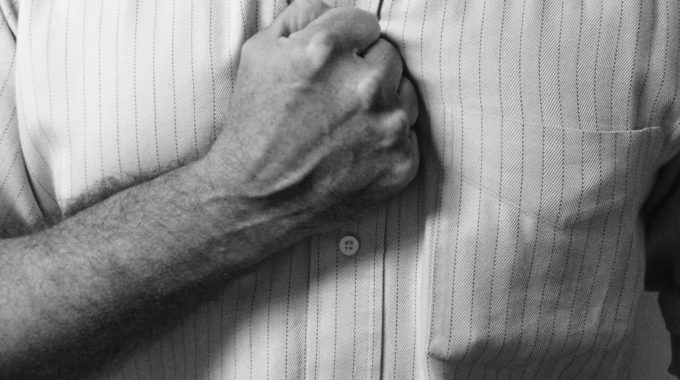Adapted from the writings of Dayan Yitzhak Grossman April 18, 2024 AP News reports: A…

Bais HaVaad on the Parsha, Parshas Nitzavim
Undo
Excerpted and adapted from a shiur by Rav Moshe Zev Granek
For this mitzvah that I command you today is not concealed from you and it is not far away.
Devarim 30:11
According to many Rishonim, including the Ramban and Rabeinu Yonah, “this mitzvah” means the mitzvah to do teshuvah for one’s aveiros. In their view, the mitzvah includes the entire process of teshuvah: charatah (regret), azivas hacheit (ceasing to commit the sin), vidui (confession), and kabalah al he’asid (resolving not to do it again). The Rambam (Sefer Hamitzvos Asei 73 and Hilchos Teshuvah 1:1) counts reciting vidui as a mitzvah but does not include the rest of the teshuvah process.
The Meshech Chochmah (in Parshas Vayeilech) questions how the Ramban and Rabeinu Yonah can list teshuvah as a mitzvah, given that Chazal teach that teshuvah erases aveiros. If, for example, someone violated Shabbos intentionally, wouldn’t the prohibition to desecrate Shabbos obligate him to do teshuvah to remove the violation? Why the need for a special mitzvah to do teshuvah? The Meshech Chochmah suggests that this is the reason that the Rambam does not count teshuvah as a mitzvah—it is already included in every mitzvah and aveirah in the Torah. Only vidui (which the Rambam apparently holds wouldn’t otherwise be mandated) can be a separate mitzvah.
How, then, to explain those Rishonim who do count teshuvah as a mitzvah? Perhaps they would argue that teshuvah’s power to erase aveiros exists only because teshuvah is a separate mitzvah.





